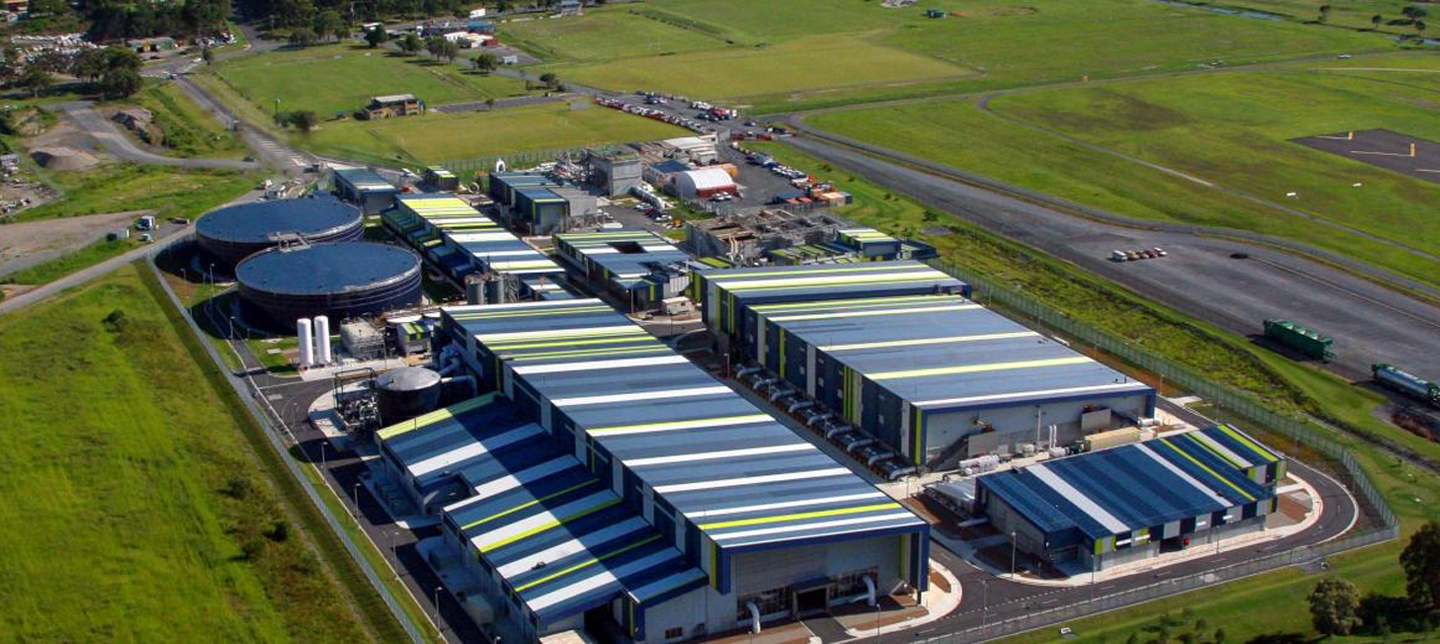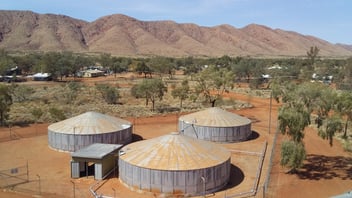SEQ desalination ramped up ahead of dry summer

As communities in South East Queensland (SEQ) brace for an expected dry summer, production from the Gold Coast Desalination Plant ramped up production earlier this month to supply drinking water directly into the SEQ Water Grid.
Seqwater has increased production of desalinated drinking water to preserve storages, with the region’s combined dam levels now sitting just below 70%.
Although less desalinated water production is required when dams are full, the Gold Coast Desalination Plant has been in operation since it was first brought online during the Millennium Drought and is an important climate-resilient asset, Water Minister Glenn Butcher said.
“South East Queensland has a safe, reliable and resilient water supply network, stemming from careful and ongoing planning and a diverse network of assets,” he said.
“This month marks 15 years since ‘first water’ was produced from the Gold Coast Desalination Plant and since this time it has continued to provide vital climate resilience, bolstering the stability and reliability of the region’s drinking water supply network, including during drought.
“Ramping up operations highlights the strengths and flexibility of the SEQ Water Grid and how desalination plays a key role in the ongoing water security for South East Queensland.
“Long-term, as we prepare for future growth in a changing climate, the Gold Coast Desalination Plant will remain an essential climate-resilient water source within the SEQ Water Grid, with Seqwater investigating expanding the site to increase future capacity.”
Resilience on the ready
While there is still plenty of water in the SEQ Water Grid, dams levels have lowered enough to trigger the ‘pre-drought’ phase in SEQ’s multi-staged Drought Response Plan.
The Gold Coast Desalination Plant has been ramped up to maximum capacity under the Drought Response Plan, set to produce up to 133 ML of drinking water each day, with the additional water to be added to drinking water supplies, and to support Logan and Brisbane when needed.
Seqwater General Manager Customer, Strategy and Planning Ross Muir said increasing operation of the Gold Coast Desalination Plant is one of several early preparedness measures the utility undertakes to ensure water security.
“Seqwater is always preparing for whatever the weather provides us here in South East Queensland, including in the event that severe dry conditions eventuate,” he said.
“At this pre-drought level, there is plenty of water supply within the SEQ Water Grid. Our teams are closely monitoring dam levels, and we will continue managing the operation of the SEQ Water Grid to meet demand and conditions.
“There are no actions for the community at this stage. However, we always encourage South East Queenslanders to be water wise.”
Water production at the desalination plant can be increased within just 72 hours and pumped directly into the grid, providing resilience and operational flexibility to supplement supply during times of peak demand and drought preparedness.
The desalination plant has also been utilised to supplement drinking water supplies following significant flooding events, including after the wet weather in February and March 2022, when conventional treatment plants went offline due to water quality.
In the 2022-23 financial year, the desalination plant produced 7310ML of drinking water, much of which was in continued response to the 2022 flood events.
Future focus
As part of long-term water security planning, Seqwater is investigating an expansion of the Gold Coast Desalination Plant, as well as establishing a second desalination plant for the region, due to the climate-resilient benefits desalination provides.
Business cases are in development for the proposals and expected to be completed in 2024.
Muir said the known impacts of climate change, including reduced inflows and increased evaporation, will create less reliable supply from dams.
“We are planning to expand desalination production to improve water security in the face of population growth and climate change,” he said.
“Desalination can be pumped straight into the grid, providing an additional water source, without relying on rainfall. These are some of the reasons we are committed to maintaining a diversified, expanded mix of bulk water sources, inclusive of desalination production.”
Muir said there will be constraints to where a new plant can be located, due to the requirement to connect to the SEQ Water Grid and the need for suitable land availability.
“However, through the business case process underway, a rigorous assessment will be completed to determine potential locations, capacity and timing of delivery. We look forward to keeping the community informed as planning progresses,” he said.


